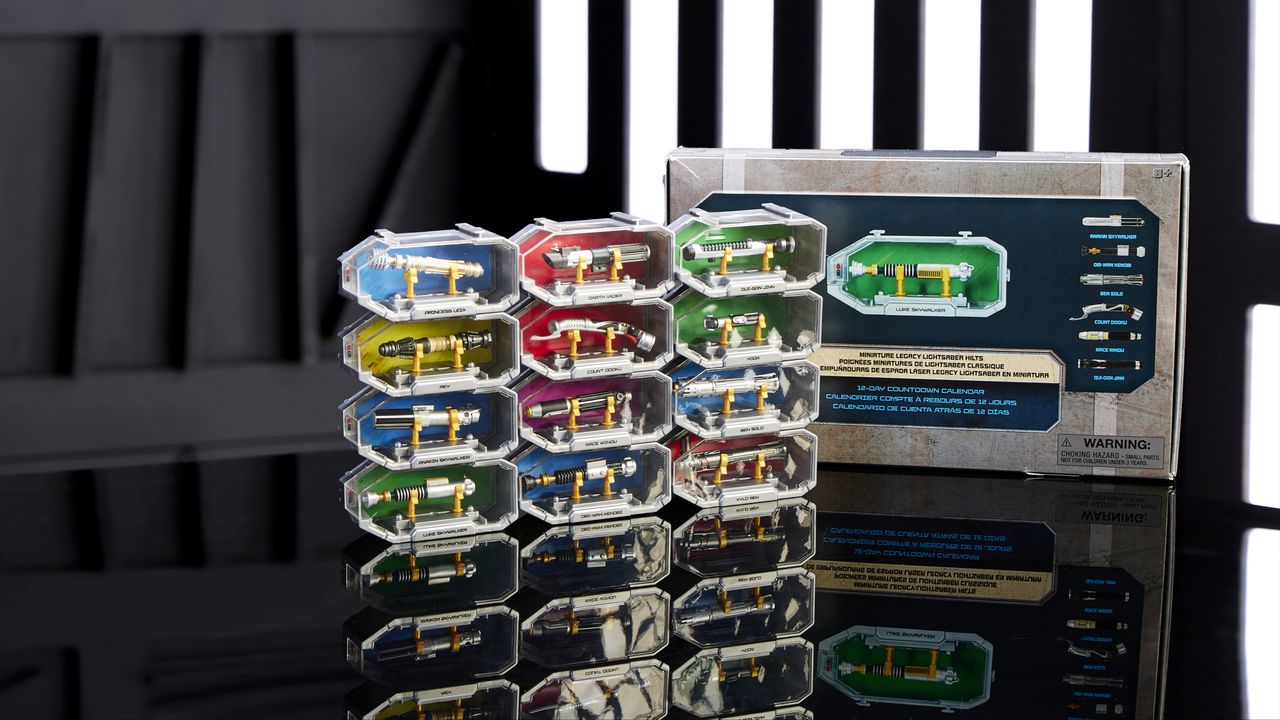SpaceX’s Starship is set to launch as soon as Tuesday, May 27, after receiving the go-ahead from the Federal Aviation Administration (FAA) this week.
This will be the ninth test flight for this heavy-lift rocket, a key part of SpaceX’s mission to eventually send humans to Mars and a critical component of NASA’s Artemis Moon program. We’ll be paying closer attention than usual this time given that the last two launches did not go so well.
The seventh test flight in January ended with Starship’s upper stage exploding roughly eight-and-a-half minutes after launch. The rocket met a similar fate during its eighth test flight in March. Things went smoothly for its Super Heavy booster, which the 400-foot-tall Mechazilla tower’s “chopstick” arms successfully caught. But toward the end of the upper stage’s ascent burn, six of its nine Raptor engines died, sending the vehicle into a tumble. SpaceX lost contact with Ship 9 minutes after launch, and it exploded shortly thereafter.
The incident prompted the FAA to conduct a safety review of Starship. This week, the agency announced that SpaceX is good to go for its next test flight—the ninth so far.
“The FAA conducted a comprehensive safety review of the SpaceX Starship Flight 8 mishap and determined that the company has satisfactorily addressed the causes of the mishap, and therefore, the Starship vehicle can return to flight,” the agency said in an emailed statement. “The FAA will verify SpaceX implements all corrective actions.”
SpaceX says it has identified and addressed the problems. Though Super Heavy made it safely back to Mechazilla, one of its engines failed to fire during the boostback burn, the company explained. The most likely cause was overheating of the engine’s ignition device, which SpaceX says it addressed by adding more insulation.
The company attributed the loss of Starship’s upper stage to a hardware failure in one of its center engines, resulting in unexpected propellant ignition. SpaceX conducted “extensive” ground testing to better understand the failure, and addressed it through several key fixes to Ship’s engines. These included tightening key joints, implementing a new nitrogen purge system, and making improvements to the propellant drain system.
SpaceX also gave a nod to its upcoming Raptor 3s—the latest iteration of the Raptor engine. The company stated that this new engine will have additional reliability improvements to address the Flight 8 mishap.
The FAA’s approval suggests that it is confident in these fixes—but it comes with conditions. The agency expanded the size of hazard areas—no-fly zones established in advance of a launch to prevent other aircraft from flying through the designated airspace—in the U.S. and other countries because SpaceX plans to reuse a previously launched Super Heavy booster for the first time during this Starship flight.
The hazard area for Flight 9 will cover approximately 1,600 nautical miles, extending eastward from the Starbase, Texas, launch site through the Straits of Florida, including the Bahamas and Turks and Caicos. This is a significantly larger hazard area than the one designated for the last test flight, which covered 885 nautical miles. When Starship exploded, it disrupted nearly 240 flights.
All eyes will be on SpaceX next week as the company tries to get its Starship program back on track. These back-to-back failures have put it several months behind schedule. Regardless of whether test flight 9 results in another explosive failure or goes off without a hitch, it will mark a critical moment for SpaceX.




